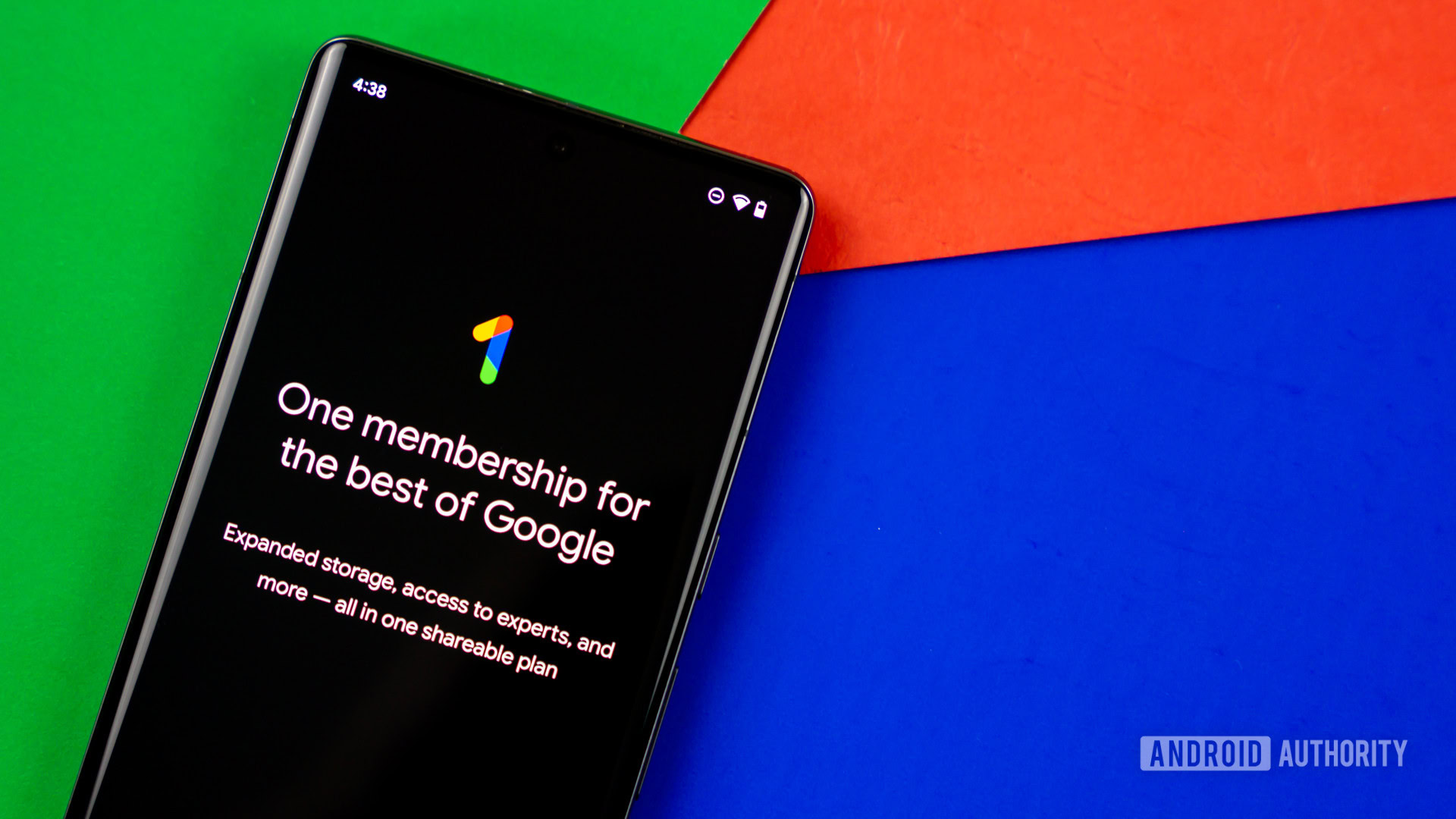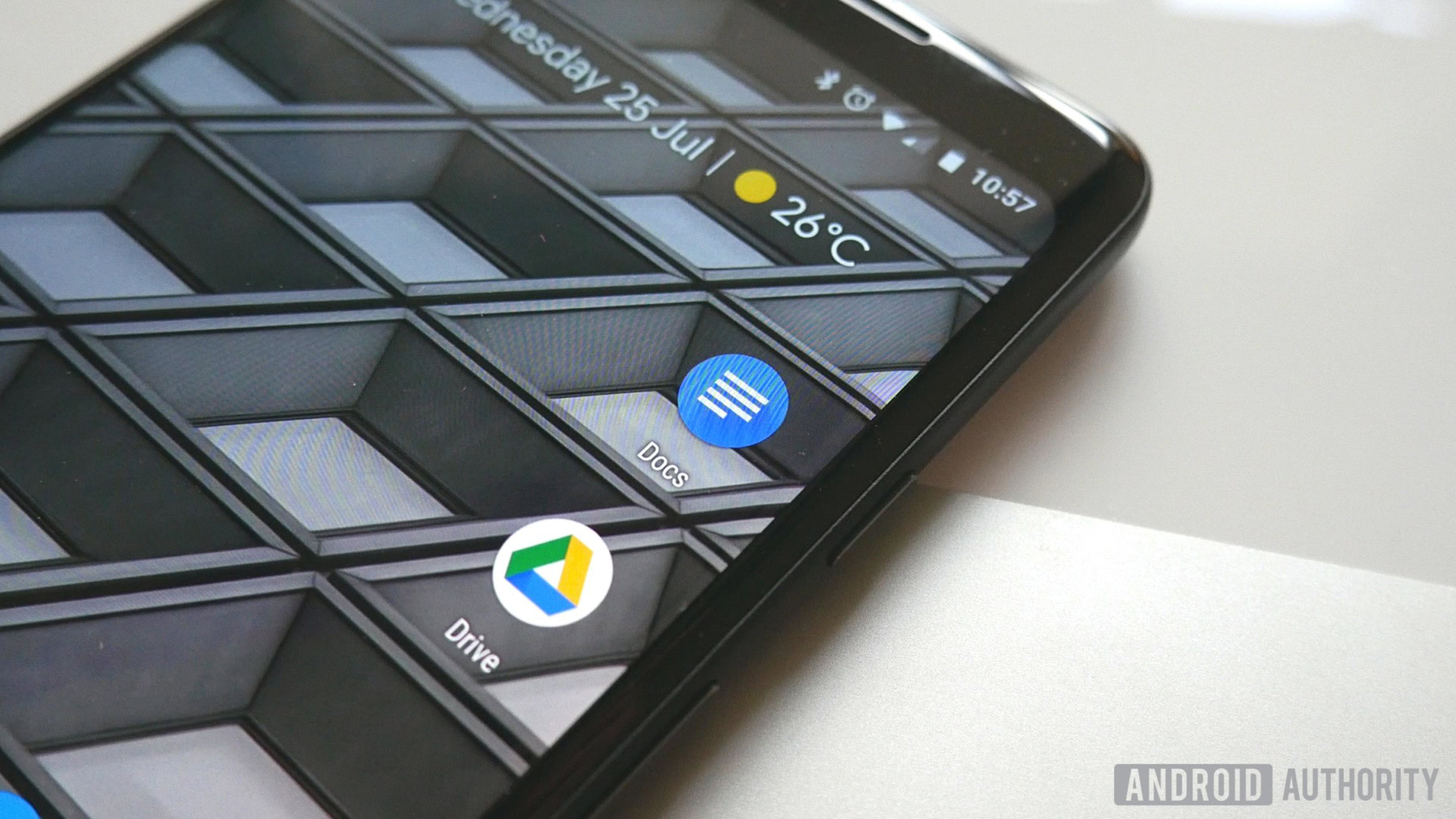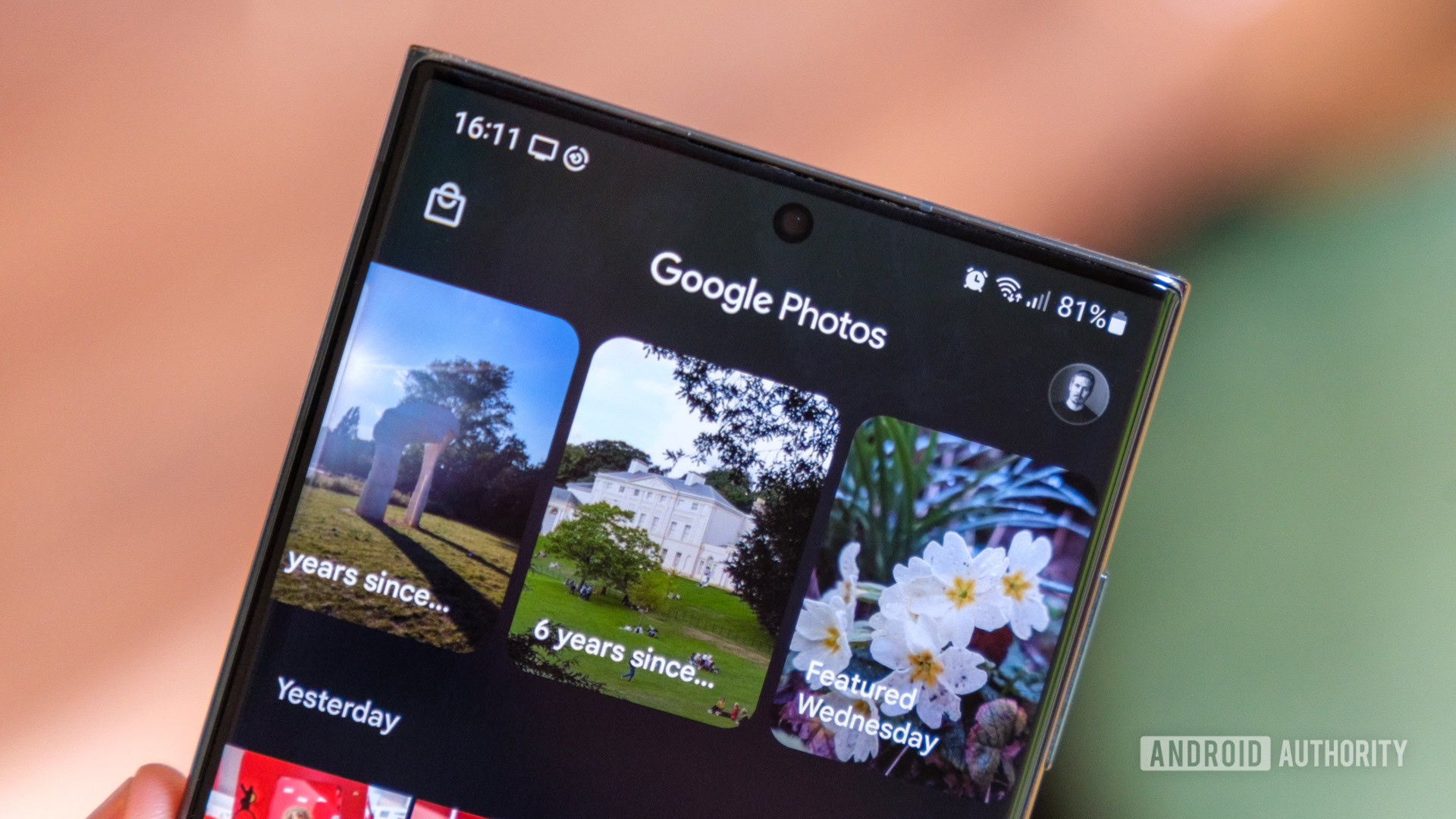
Edgar Cervantes / Android Authority
Google One storage is the default cloud storage service on Android phones globally, and it makes for a pretty seamless backup experience. The service also means quick-fire access to all your data across loads of devices — convenience at its finest.
There’s one complaint I have about Google One, though. And that’s the fact that Google hasn’t upgraded the base storage in years.
100GB was fine a decade ago

Google Drive was initially released back in 2012, duking it out with iCloud, Dropbox, SkyDrive, and several other storage services. The company’s cheapest paid storage plan gave you 25GB of storage for $2.49 a month. Meanwhile, 100GB of storage would set you back $4.99 a month at launch.
Google rejigged its pricing in 2014, offering 100GB of base storage for just $1.99 a month. To Google’s credit, this was a solid deal at the time. By contrast, Dropbox’s 100GB plan was priced at $9.99 a month. Apple’s iCloud didn’t have a 100GB plan but charged a pretty respectable $2.99 a month for its 200GB tier. Google would go on to offer a 200GB tier for the same price in 2018.
Fast-forward to 2023, and the cheapest Google One storage plan is still $1.99 a month for 100GB. We’re clearly way overdue for an upgrade.
100GB doesn’t go far in 2023

Robert Triggs / Android Authority
Simply put, 100GB isn’t a lot of storage at all today. Perhaps the biggest reason for this is that Google Photos storage is no longer free.
Google used to offer unlimited high-quality photo and video backups, and loads of people took advantage of this. These backups didn’t count against your Google cloud storage plan, allowing you to use your free allowing or paid storage plan for other files like documents, RAW files, games, and more.
Google ditched unlimited free photo/video backups in 2021, but plenty of people still have automatic backups enabled. I’m one of them, which has resulted in my cloud storage being consumed at an exponential rate.
100GB of Google One storage doesn’t go far when photos and videos count towards your cloud storage plan.
This isn’t helped by the fact that photos and video files are bigger than ever, thanks to features like 8K video, HDR video, and super-high-resolution snaps. We have seen new formats like HEIF photos and HEVC videos, allowing phone makers to offer smaller file sizes or higher quality media at the same file size. However, the overall trend is still towards larger file sizes, especially with phones like the Galaxy S23 Ultra capable of churning out 200MP photos with a file size in excess of 30MB.
The Pixel 8‘s 50MP JPEG pictures account for roughly three times more storage than a 12.5MP image (albeit 9MB versus ~3MB). This trend is also apparent for the iPhone 15 series as the new phones shoot at 24MP by default, reportedly resulting in an admittedly modest ~1MB file increase. But these file sizes still add up over time. Likewise, the Pixel 8 Pro’s Video Boost/Night Sight Video feature requires cloud storage and processing rather than on-device processing, eating up yet more space.
Smartphones now offer more local storage and larger photo/video sizes, but cloud storage hasn’t kept up.
You could argue that cloud storage is less important as physical storage pools have grown. It’s common to find flagship smartphones with 1TB of storage, while even cheap phones are available with 256GB of storage in 2023. It’s a far cry from the first year of Google Drive when high-end phones offered 16GB to 64GB of storage. Still, there’s no denying that cloud storage is more important than ever for storing files across multiple devices and sharing memories with family and friends. Google’s affordable option simply isn’t keeping pace.
Storage tends to get cheaper over time, so I find it hard to believe that cloud storage costs haven’t decreased overall compared to the early 2010s. Either 100GB should be cheaper, or we should have more of it for the same price. However, Google Cloud admittedly announced some hefty price increases in 2022, so perhaps administering this storage is keeping prices up.
It must be said that Google isn’t the only cloud player to hold relatively steady on base storage plans. Apple’s iCloud still retains the same 50GB ($0.99 a month) and 200GB ($2.99 a month) tiers after all this time. Microsoft OneDrive still matches Google by charging $1.99 a month for 100GB of storage, jumping straight to 1TB for a $6.99 monthly fee.
Time for Google to change with the times
Even if cloud storage costs haven’t fallen significantly in the past decade to enable more base Google One storage, there are still other ways Google could provide more bang for your buck. For one, Google could offer a proper Apple One rival, bundling its various services (including a larger cloud storage plan) into one cost-effective package.
Is 100GB of Google One storage enough for you?
321 votes
The company could also offer more useful family-sharing functionality (even at a slight premium). This way, each member gets 100GB of storage rather than each family member grabbing a slice of your 100GB storage plan. Google could even theoretically convert our backed-up photos and videos to more efficient HEIF and HEVC formats, freeing up space in the process.
Either way, it’s been roughly a decade since Google offered 100GB of base cloud storage for $1.99 a month. Our cloud storage requirements have only skyrocketed since then, so it’s high time the company updated the base Google One storage to reflect this new reality.
